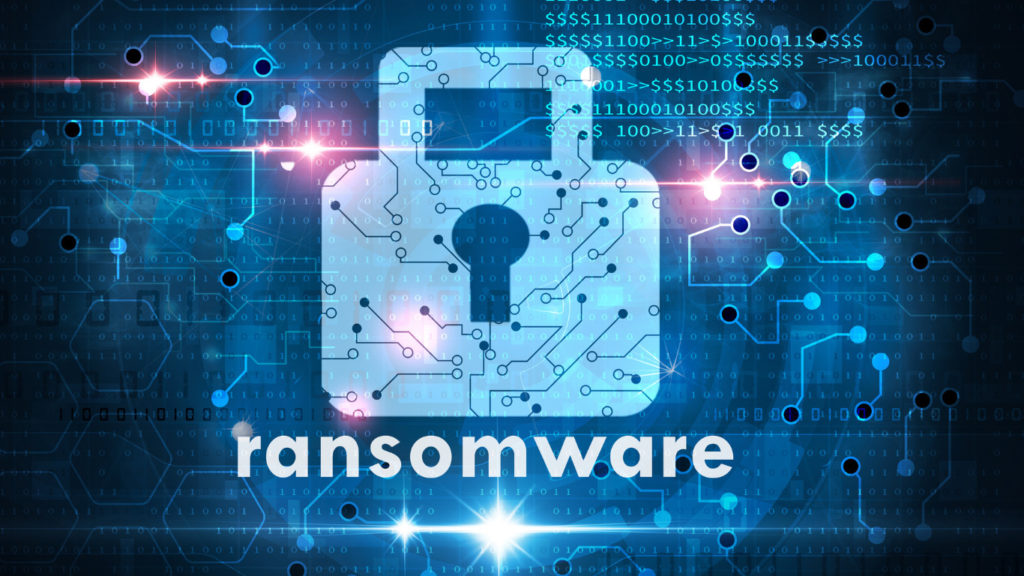
Table of Contents
Introduction to LockBit
LockBit is a ransomware and part of the “LockerGoga & MegaCortex” malware family, that first emerged in September 2019. It is a type of malware that encrypts a victim’s files and demands a ransom payment in exchange for the decryption key. LockBit has been used to attack a wide range of organizations, including businesses, government agencies, and educational institutions.
LockBit ransomware is typically delivered through phishing emails, malicious websites, or drive-by downloads. Once installed, LockBit encrypts the victim’s files and creates a ransom note that demands a payment in Bitcoin. The ransom note typically includes instructions on how to pay the ransom and how to decrypt the files.
If the victim does not pay the ransom, LockBit may threaten to release the encrypted files or sell them to other criminals. In some cases, LockBit has also been known to leak sensitive data from victims, such as customer lists or financial information.
What are various ways to mitigate the damage?
- Take data backup regularly: Regular data backup will help you to restore your files if they are encrypted.
- Regular software updates: Regular updates will help to protect your computer from known vulnerabilities that can be exploited by ransomware.
- Use a strong password manager: This will help you to create and store strong passwords for all of your online accounts.
- Be extra vigilant about emails you open and websites you visit: Ransomware is often delivered through phishing emails or malicious websites.
What to do if you think that you have been infected with LockBit ransomware?
- Do not pay the ransom: Paying the ransom does not guarantee that you will get your files back.
- Report the attack to the authorities: This will help them to track down the criminals responsible for the attack.
- Scan your computer for malware: There are a number of antivirus and anti-malware programs that can scan your computer for LockBit ransomware.
- Restore your files from a backup: If you have a recent backup of your files, you can restore them from the backup.
Various stages of LockBit attacks
LockBit attacks can be divided into three stages:
- Exploit: In this stage, LockBit targets weaknesses in a network to gain initial access. Common methods include social engineering tactics like phishing or brute force attacks on intranet servers. Once the network is compromised, LockBit prepares itself to unleash its encryption payload across all accessible devices.
- Infiltrate: After breaching the network, LockBit operates independently, utilizing post-exploitation tools to escalate privileges and ensure attack readiness. It moves laterally through the network, evaluating potential targets and disabling security programs to prevent system recovery. The goal is to make it difficult or impossible for the victim to restore operations without paying the ransom.
- Deploy: Once the network is prepared, LockBit deploys its encryption payload across the network. A single system with high access can issue commands to download and execute LockBit on other network devices. This encrypts system files, leaving victims unable to access their data. LockBit leaves ransom notes with instructions for payment and may include threatening elements to coerce victims into compliance.
Following these stages, the victim is left to decide whether to pay the ransom, although it is generally advised against doing so due to the lack of guarantees from the attackers.
What is Darktrace?
Darktrace is a British cybersecurity company that uses artificial intelligence (AI) to detect and respond to cyber threats. The company was founded in 2013 by mathematicians and cyber defense experts. Darktrace’s AI-based technology is able to learn the normal behavior of an organization’s network and systems, and then detect anomalies that could indicate a potential attack. This makes Darktrace’s technology effective at detecting even the most sophisticated cyber threats, including those that use new techniques or signatures that traditional security solutions cannot detect.
Darktrace’s products are used by organizations in over 60 countries, including many Fortune 500 companies. The company has raised over $1 billion in funding and is headquartered in Cambridge, England.
Here are some of the key features of Darktrace:
- Self-learning AI: Darktrace’s AI-based technology is able to learn the normal behavior of an organization’s network and systems. This allows Darktrace to detect anomalies that could indicate a potential attack, even if the attack is using a new technique or signature that traditional security solutions cannot detect.
- Continuous monitoring: Darktrace’s AI-based technology is constantly monitoring an organization’s network and systems for signs of malicious activity. This allows Darktrace to detect and respond to threats quickly, before they can cause damage.
- Human-in-the-loop: Darktrace’s AI-based technology is designed to work with human security analysts. This allows Darktrace to leverage the expertise of human security analysts to investigate and respond to threats.
Darktrace is a valuable tool for organizations that are looking for a comprehensive cybersecurity solution. The company’s AI-based technology is effective at detecting even the most sophisticated cyber threats, and Darktrace’s continuous monitoring and human-in-the-loop capabilities help to ensure that threats are detected and responded to quickly.
Here are some of the benefits of using Darktrace:
- Reduced risk of being attacked by cyber threats: Darktrace’s AI-based technology is effective at detecting even the most sophisticated cyber threats. This can help to reduce the risk of an organization being attacked by a cyber threat.
- Improved operational efficiency: Darktrace’s continuous monitoring and human-in-the-loop capabilities can help to improve operational efficiency by reducing the time and resources that are spent on manual threat detection and response.
- Increased visibility into networks and systems: Darktrace’s AI-based technology can provide organizations with increased visibility into their networks and systems. This can help organizations to identify and respond to threats more quickly.
If you are looking for a comprehensive cybersecurity solution that uses AI to detect and respond to cyber threats, then Darktrace is a good option to consider.
Can Darktrace detect Lockbit?

Yes, Darktrace can detect LockBit ransomware. Darktrace uses artificial intelligence (AI) to learn the normal behavior of an organization’s network and systems. This allows Darktrace to detect anomalies that could indicate a potential attack, even if the attack is using a new technique or signature that traditional security solutions cannot detect.
In the case of LockBit ransomware, Darktrace can detect the following indicators of compromise (IOCs):
- The use of the LockBit ransomware executable file.
- The use of the LockBit ransomware command-line interface.
- The encryption of files by the LockBit ransomware.
- The creation of the LockBit ransom note.
If Darktrace detects any of these IOCs, it will alert the organization’s security team. The security team can then take action to stop the attack and mitigate the damage.
It is important to note that Darktrace is not a silver bullet. It is still possible for an attacker to bypass Darktrace’s detection if they are using a new technique or signature that Darktrace has not yet learned about. However, Darktrace can be a valuable tool in the fight against ransomware and other cyber threats.
Here are some additional tips for protecting your organization from ransomware:
- Back up your data regularly: This will help you to restore your files if they are encrypted.
- Keep your software up to date: This will help to protect your computer from known vulnerabilities that can be exploited by ransomware.
- Use a strong password manager: This will help you to create and store strong passwords for all of your online accounts.
- Be careful about what emails you open and what websites you visit: Ransomware is often delivered through phishing emails or malicious websites.
- Use a security awareness training program to educate your employees about ransomware and other cyber threats.
Summary
As we have seen, LockBit is typically delivered through phishing emails, exploit kits, Remote Desktop (RDP) attacks, malicious websites, and malicious downloads. To protect against LockBit, organizations should implement robust cybersecurity measures, such as:
- Employee training: Employees should be trained to identify and avoid phishing emails and other social engineering attacks.
- Vulnerability management: Organizations should regularly scan their networks for vulnerabilities and patch any known vulnerabilities.
- Multi-factor authentication: Organizations should use multi-factor authentication to protect access to critical systems.
- Data backups: Organizations should regularly back up their data to an off-site location.
By understanding LockBit’s behavior and implementing robust cybersecurity measures, organizations can protect themselves from this dangerous ransomware.
To know more read our blog on Darktrace
